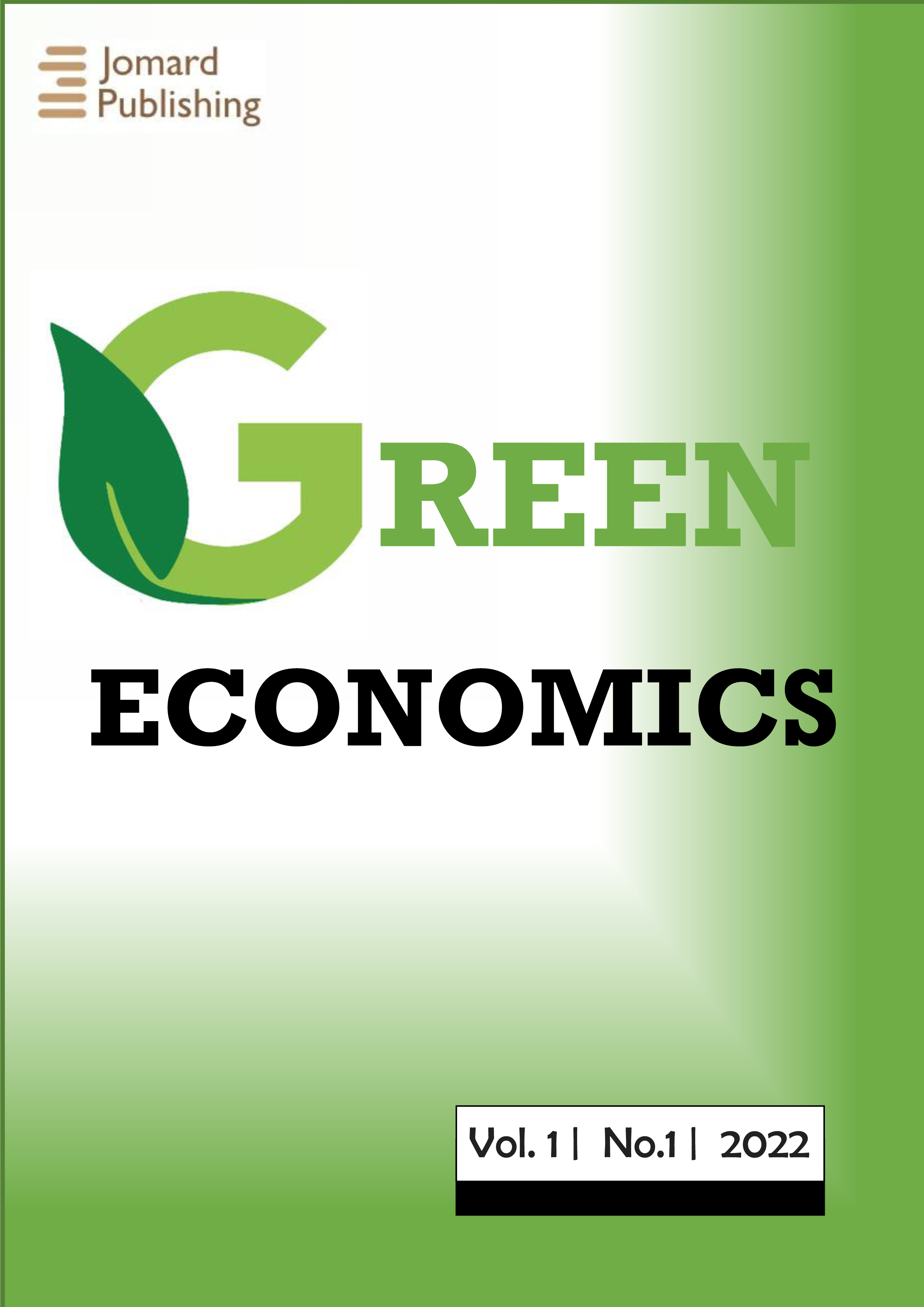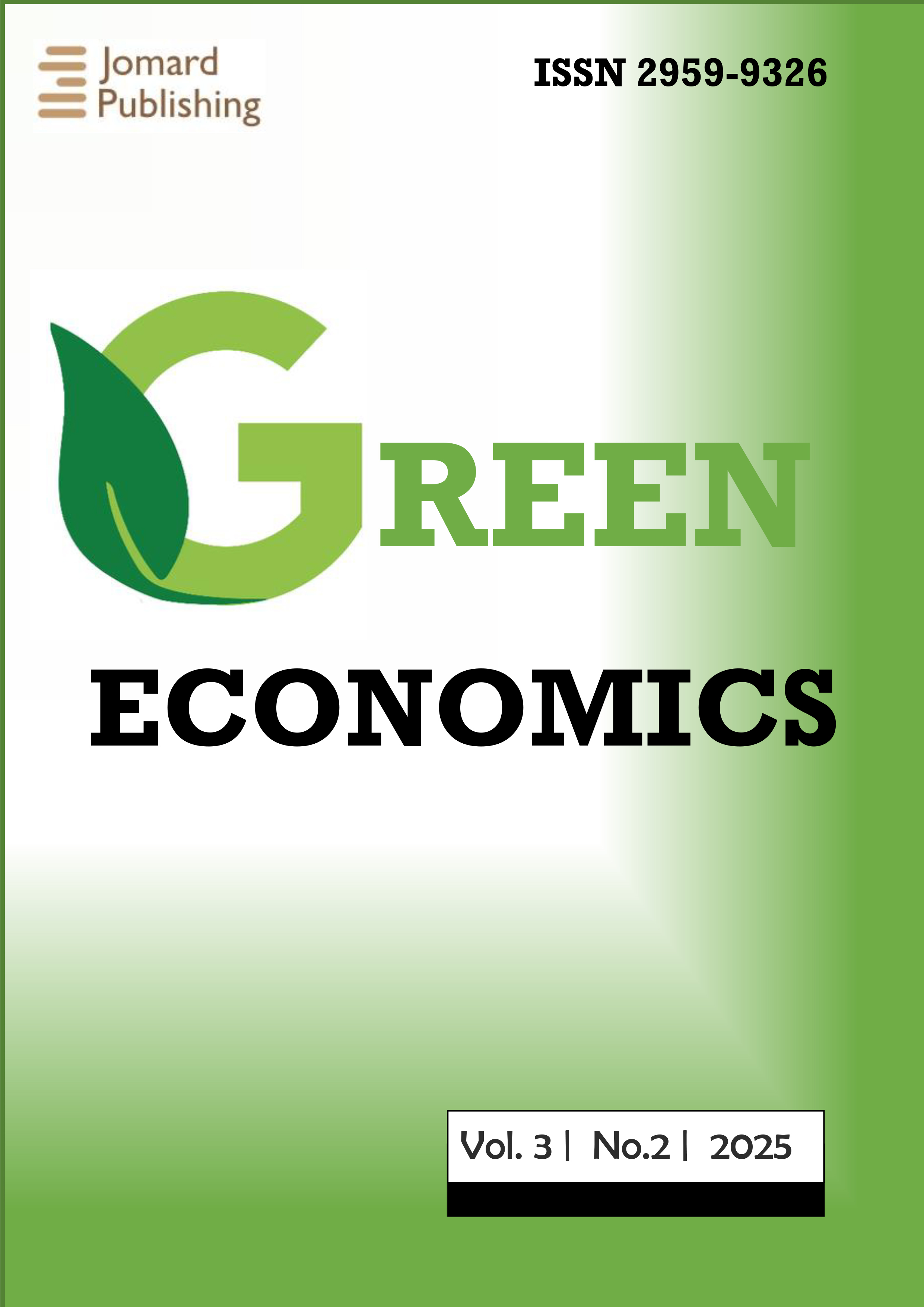AI-Driven Renewable Energy Atlas and Forecasting Platform for Green Hydrogen Production in Algeria
- Published: 30-05-2025
Share
Green hydrogen is increasingly recognized as a cornerstone for decarbonizing energy systems, yet its large scale deployment requires accurate, regionally adaptive forecasting and robust economic evaluation. Leveraging open-access NASA POWER meteorological data and advanced machine learning, a novel platform is developed to forecast and simulate green hydrogen production potential across Algeria’s diverse climatic zones. The system integrates Light Gradient Boosting Machine (LightGBM) models for solar irradiance forecasting demonstrating superior accuracy over deep learning alternatives and a dynamic electrolyzer simulation environment. Four renewable energy sourcing scenarios (100% solar, 100% wind, and two hybrid mixes) are evaluated across seven representative regions, revealing pronounced spatial disparities in hydrogen yields. Southern provinces such as Adrar and Tamanrasset exhibit the highest solar-driven production, while hybrid configurations enhance resilience in semi-arid and northern areas. The study further incorporates a techno-economic analysis, providing Levelized Cost of Hydrogen (LCOH) estimates and policy insights aligned with Algeria’s national hydrogen roadmap. Discussion extends to environmental and social implications of large-scale hydrogen deployment. The proposed platform offers a scalable, data-driven decision-support tool for site selection, infrastructure planning, and export-oriented policy formulation, advancing Algeria’s ambition to become a regional leader in green hydrogen.
- View 738
- Downloads 102
- Saveds 0
- Citations (Crossref) 0

